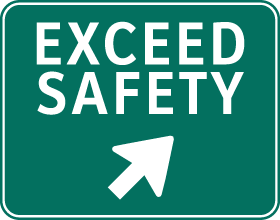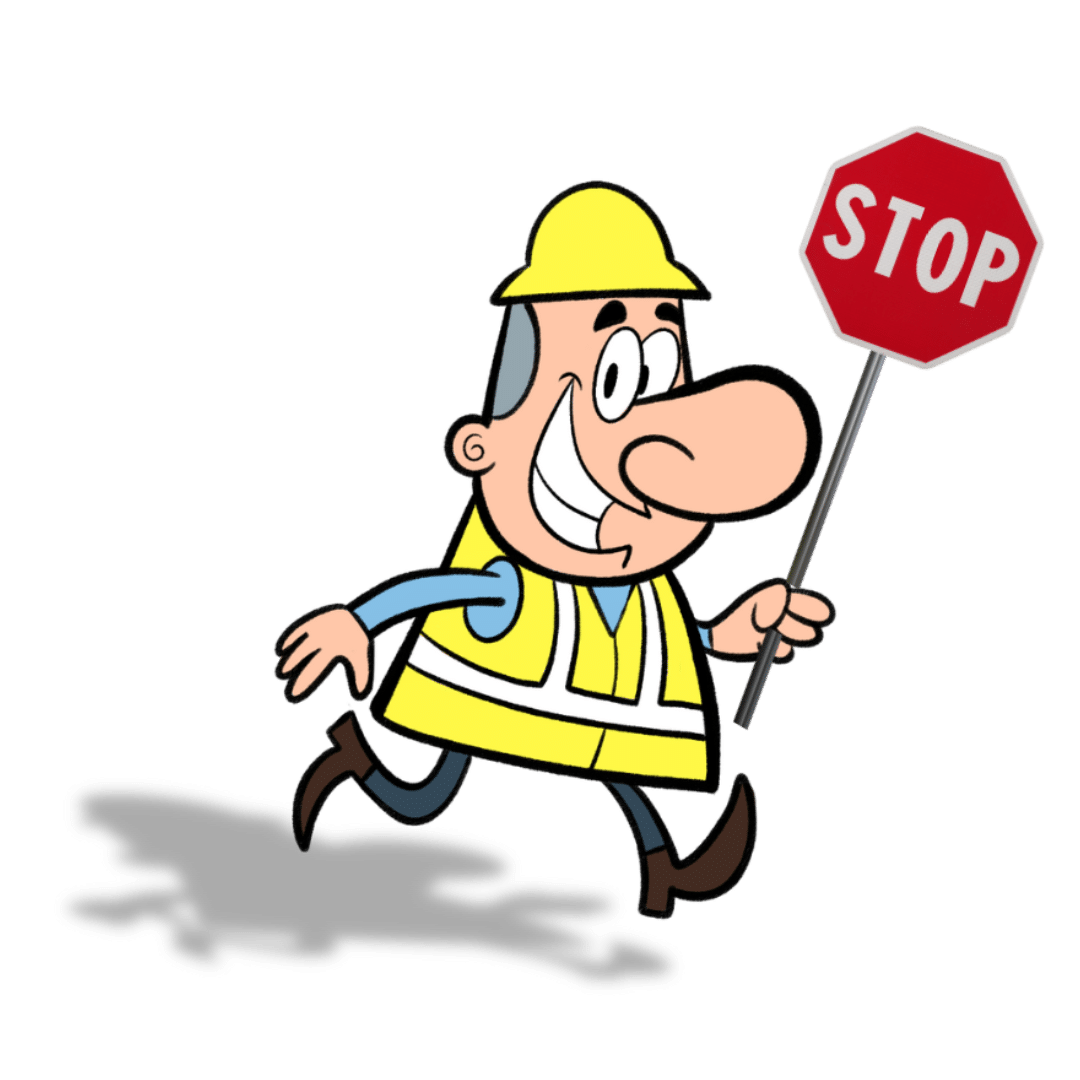Overview & Objectives
Mold can grow anywhere and is especially common in areas where leaks are found or moisture collects. After physical contact with mold or breathing airborne spores, individuals may experience runny noses, red eyes, asthma attacks, skin irritation, and other health effects. Yet while these symptoms are often mild, exposure to some types of mold, or long-term exposure may lead to serious illness or death. To protect workers from the dangers associated with mold, OSHA has established guidelines within its General Duty Clause that require employers to comply with hazard-specific health and safety standards. The online Mold, OSHA’s Position for Construction course from Exceed Safety examines OSHA standards for maintaining a mold-free environment and safe work practices for avoiding exposure.
During the Mold, OSHA’s Position for Construction course, students will learn more about why mold is considered hazardous and how to prevent and remove it, including:
- Identifying mold
- Important facts about mold
- Mold prevention and remediation plans
- Common health effects of mold exposure
- Personal protective equipment (PPE)
- Mold sampling
Course materials also include a mold resource list to help business owners find professional help for mold infiltrations in the workplace.


